——An interview with Zhang Yuanlin, vice president of Dunhuang Academy
By Feng Zhijun
(Journalist from Chinese News Service)
LANZHOU, September 1, 2022 (CNS) - Dunhuang in northwest China, called "an international metropolis", was a hub city on the ancient Silk Road and a town of trade and culture, where the four civilizations and three world religions converged. It became a place for China people of other nations to exchange and integrate, fully demonstrating the inclusiveness of Chinese culture.
How did the inclusiveness of Dunhuang culture come into being? What can we learn from it regarding exchanges and mutual learning between China and the West? Zhang Yuanlin, vice president and researcher of Dunhuang Academy, gave an in-depth interpretation in an interview with China News Service's East-West Quest.
Excerpts from the interview:
China News Service: After the Silk Road opened in the Western Han Dynasty, Dunhuang became a brilliant place for more than 1,000 years because of the traveling merchants. How did different nations and religions from the East and the West communicate continuously?
Zhang Yuanlin: According to Dunhuang murals, documents and excavated relics, multi-ethnic groups lived here for a long time, and various languages were used simultaneously. The harmonious picture blending all elements and traces of Eastern and Western culture may be found everywhere. This reflects the historical fact that different nations and religions lived together in harmony in Dunhuang, and provides important materials for studying various civilizations' exchanges.
In the second century B.C., commercial and cultural activities between the East and the West became increasingly frequent, with Emperor Wu in the Han Dynasty establishing "four counties [Wuwei, Zhangye, Jiuquan and Dunhuang] and two passes [Yumenguan and Yangguan]." From the fourth century A.D., foreign merchants from the Western Regions, represented by the business-savvy Sogdians [people of an ancient Iranian civilization], gradually entered the Central Plains, promoting economic and commercial exchanges between the East and the West, and boosting integration and interaction in religions, cultures, languages and arts. The elements of alien cultures had also been integrated into Dunhuang culture, which was based on traditional Chinese culture since the Han and Jin dynasties.
In the face of unpredictable travel, monks, envoys and merchants from the East and the West who trudged along the Silk Road for years longed for the blessings of religious spirits. As a result, Dunhuang's religions and folk beliefs diversified. Footprints of major religions that prevailed along the Road, such as Zoroastrianism, Buddhism, Taoism, Nestorianism, Islam and Hinduism, may be traced here in Dunhuang.
In the Dunhuang Grottoes, in addition to Han people, images of ethnic minorities like Tubo, Xixia and Uyghur, and even nations of Central and Western Asia may be found. A six-character stele from the Yuan Dynasty, preserved by Dunhuang Academy, is engraved with Chinese, Sanskrit, Tanguy, Uyghur and Mongolian scripts.
It demonstrates that Dunhuang culture is a diversified, open culture dominated by the culture of the Central Plains, and it is integrated with the national cultures of many regions along the Silk Road, showing the characteristics of openness, pluralism and inclusiveness.
CNS: Dunhuang was the window and gateway to the opening-up of ancient China for a long time. How did different cultures and religions coexist in harmony during the exchanges of many civilizations? How has this process enriched Chinese culture?
Zhang: During the 1,500 or 1,600 years when the land Silk Road was in use, Dunhuang was an important hub city connecting Chinese and foreign politics, economy and culture. The Dunhuang Grottoes were formed as a result of cultural exchanges between East and West. The distinctive Dunhuang culture and Dunhuang Grottoes art were based on the Central Plain culture, absorbing Indian, Central Asian and Western Buddhist art and thought. They gradually flourished with the influence of traditional culture from the Central Plains and new achievements of Buddhism, then spread to the surrounding areas along the Road.
Why was there no ethnic or religious conflict in Dunhuang, where diversified civilizations and beliefs intertwined? This is the code that has ensured the continuity of Chinese culture for thousands of years. Dunhuang was a key place to ancient Chinese and Western traffic and a gateway to protect cultural and commercial exchanges between East and West, rather than a closed, conservative pass.
Since the establishment of Dunhuang County in the Western Han Dynasty, the residents were always multi-ethnic, with the Han nationality as the main body.But it also went through alternate regimes of several minorities, such as Tubo, Xixia and Uyghur. Instead of hurting one another because of cultural differences, the people of different nations and religions living together for a long time learned from oneanother, coexisted in harmony and even "worshiped Buddha in the same cave." This is a microcosm of "unity in diversity" in Chinese history.
Chinese civilization has developed continuously to the present day because it not only inherits its own cultural traditions but also embraces and learns from others. The formation and prosperity of Dunhuang culture also reflect the openness and inclusiveness of Chinese culture, which has never been conservative or excluded foreign civilizations. Various foreign ethnic minorities will also have adequate understanding and tolerance of different cultures and beliefs, further enriching the connotation of Chinese culture.

CNS: Dunhuang studies have become an international focus since the discovery of Dunhuang Sutra Cave in the early 20th century. But why has the study related to the history of Sino-foreign relations failed to attract enough attention in the development of Dunhuang studies? How can we deal with such a disadvantage?
Zhang: The Dunhuang Sutra Cave preserves about 60,000 pieces of cultural relics like manuscripts, embroideries, silk paintings and musical instruments from the fourth to the 10th century, including religious and Confucian classics; history, philosophy and literature; official and private documents; and language and characters of minority groups. They are related to many fields, such as ancient history, geography, politics, economics, literature, language, customs, music, science and technology. It can be called "the encyclopedia of the Middle Ages" and "the ocean of the ancient academy."
Over the 120 years since the discovery of the Dunhuang Sutra Cave, its lost relics have been gradually sorted and published under the strenuous efforts and studies of Dunhuang scholars in the world. Their publication reveals what relics are in the cave and how valuable they are, gradually forming a research basis for "Dunhuang in China, Dunhuang studies in the world." The Sino-foreign relationship is also reflected in the achievements of Dunhuang studies for more than 100 years.
It is very important to study the history of Sino-foreign relations based on Dunhuang materials. Now some improvements still need to be made in this aspect. Domestic scholars have always given priority to the use of traditional Chinese historical records, but they lacked the use of Dunhuang documents because not enough materials were available for research. Meanwhile, Dunhuang materials haven't won due attention in studying Sino-foreign relations in terms of discipline construction.
At present, Dunhuang Academy is conducting a major national project – "A Study on Histories of Dunhuang and Sino-Foreign Relations" –that will guide and strengthen the systematic sorting of Dunhuang materials and promote the depth and breadth of research on the history of Sino-foreign relations.
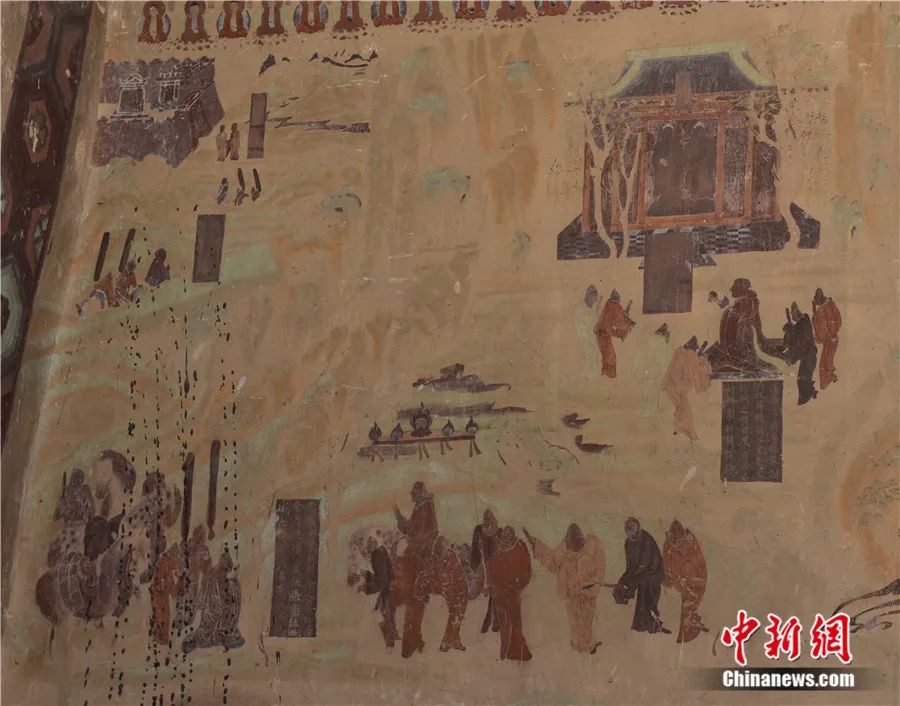
CNS: What can be learned from the experience of exchanges and mutual learning between East and West accumulated in Dunhuang over the last 2,000 years? What role will it play in the Belt and Road Initiative?
Zhang: Dunhuang culture contains the splendid and rich cultural connotation of the Chinese nation. It concentrates on traditional Chinese cultural values, including people first, equality and inclusiveness. It also embodies the historical and cultural mindset of "mutual benefit and win-win" and "multicultural integration," reflecting the inevitability of China's formation as a country based on multi-ethnic integration and reunification.
Many existing cultural wonders in the world have suffered damage, mostly because of religious and racial conflicts. However, the Mogao Grottoes, in continuous construction for a thousand years, have been largely spared serious human damage. It shows that Dunhuang's history was generally inclusive and harmonious, and that different languages, cultures and characters were given due respect. The process of pluralistic integration will also have a silent influence on contemporary people.
Today, with global transformation never seen in a century, the Dunhuang cultural connotations – including multicultural coexistence, inclusiveness, mutual benefit, respect for differences, and understanding – are still beneficial in developing Sino-foreign relations. The historical echo of unimpeded trade and mutual understanding of the Dunhuang culture is also a language that can be understood by all parties participating in the Belt and Road Initiative.

(Translated by QIN Qian)













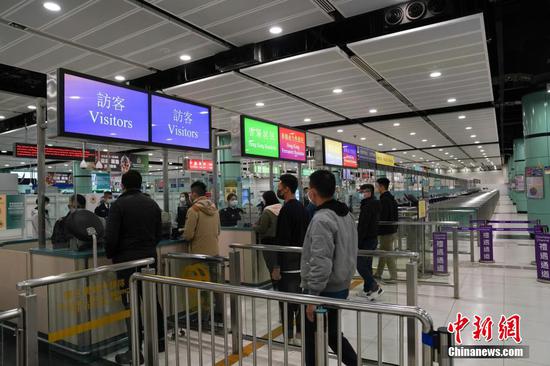


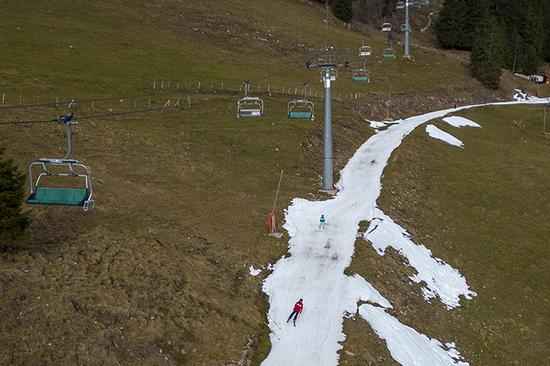




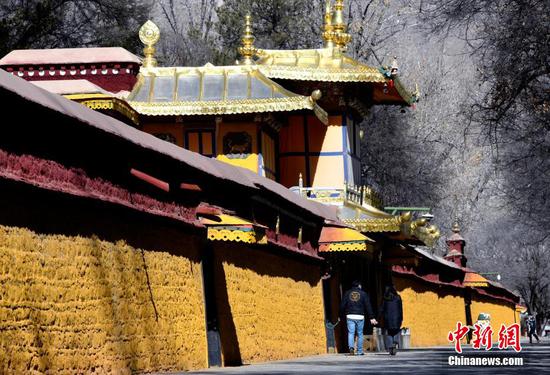






















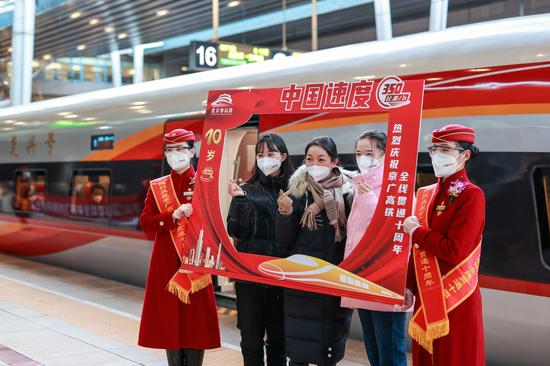





 京公网安备 11010202009201号
京公网安备 11010202009201号